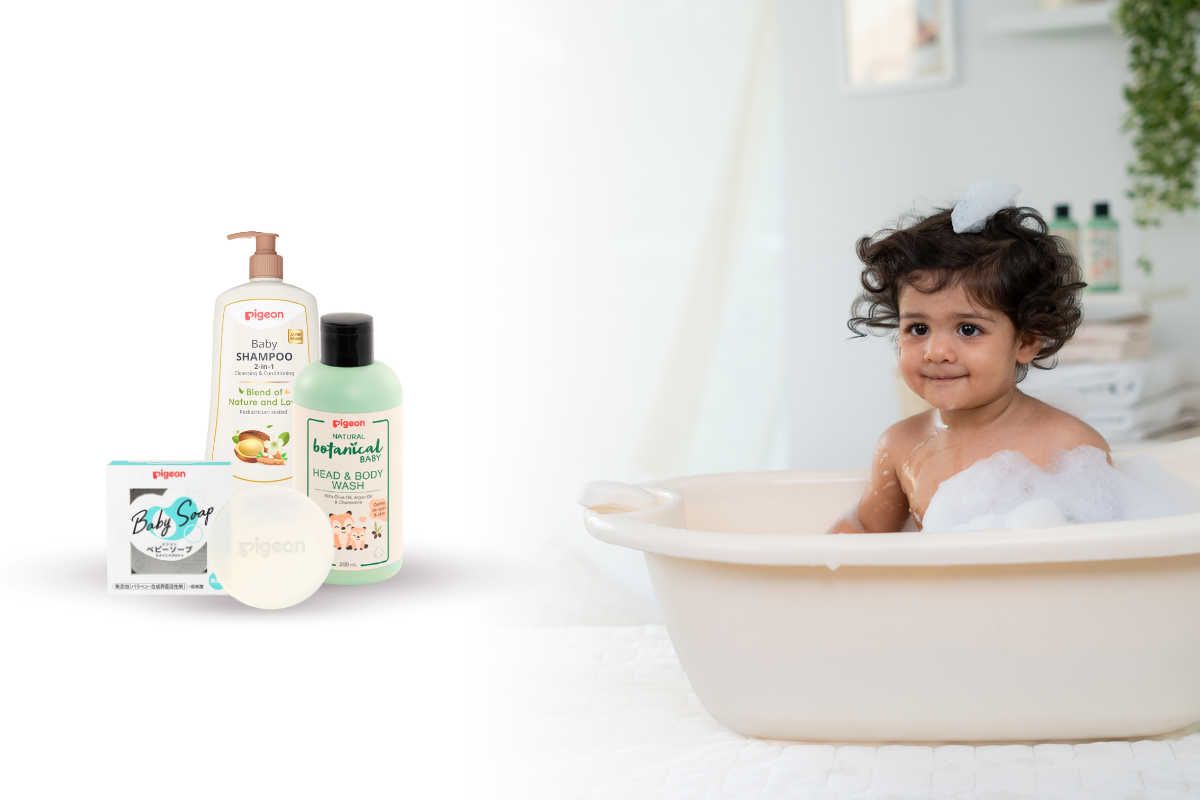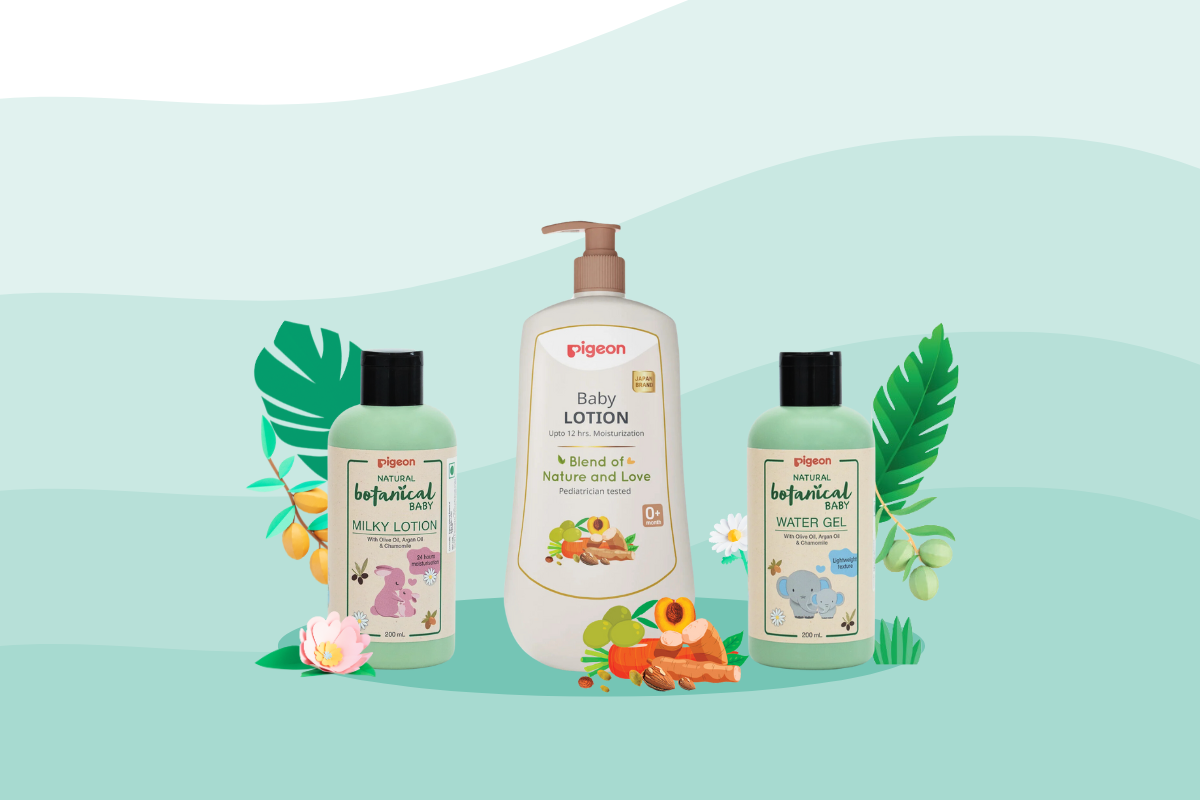Relax and establish a breastfeeding style that suits both you and your baby.
![]()
Reasons on the baby’s side and methods of coping
-
Inappropriate timing
・Feeling sleepy (Your baby won’t drink breastmilk appropriately when she is sleepy or shortly after she wakes up.)
・Not hungry (Your baby may still be satisfied with the breastmilk that she had the last time, and may just not be ready for the next breastfeeding session.)
Method of coping: Breastfeed your baby after she is fully awake and is ready for breastfeeding. Your baby may not be able to latch on well shortly after she wakes up, or when she is sleepy. Adapt to the baby's breastfeeding rhythm.
-
Methods of how your baby drinks
・Inability to latch on (There is a possibility that your baby isn’t positioned properly or she isn’t latching on appropriately.)
・Not used to drinking breastmilk (Your baby won’t always be able to drink well shortly after birth.)
More used to bottle-feeding
Method of coping: Check the appropriate positioning and latch on. If your baby can't latch on even when she is positioned correctly, check if she is taking hold of the breast tightly with her mouth wide open. -
Poor physical condition
・Constipation, insufficient burping, stuffy nose, fever, temporary bad health, inability to relax・Diseases (cleft lip and palate, cerebral palsy, internal disease, allergies, etc.)
Method of coping: Let your baby burp sufficiently before the next breastfeeding. Don't forget to check if your baby has a stuffy nose or constipation. Consult a doctor if the case of poor health if the cause is unknown.
If your baby has disabilities, don't act on your own judgment; consult doctors, midwives or consultants.
Reasons on the mother’s side and methods of coping
-
Excessive breastmilk production: Your baby chokes on the excess breastmilk.
Method of coping:This is common shortly after the baby's birth.
Once breastmilk production has stabilized, milk doesn’t spurt out as often when your baby latches on.
This problem also decreases as your baby becomes used to breastfeeding.
When your baby releases the nipple because of spurting breastmilk, stop the flow using a towel, and once things are calm, try again. -
Inappropriate positioning: The breastfeeding position is making your baby uncomfortable
Method of coping: It’s possible that your baby isn’t positioned appropriately, and doesn’t have good latch on. Check the appropriate breastfeeding positioning and latch on. If your baby can't latch on even when she is in the right position, check whether she is catching the nipple tightly with the mouth wide open.
-
Problems with breasts and nipples
(a) The nipple is inverted or flattened
・If the mother’s nipple is inverted or flattenedMethod of coping: There are several methods that can be used. Moms can use a method called “reverse pressure softening”--a technique in which a mom can use her fingers to gently soften the circle around her nipple and areola. This technique briefly moves some of the swelling back and up into her breast to soften her areola. Pushing back the swelling also makes it easy to remove milk with her fingertips or with short periods of slow gentle pumping, combined with gentle forward massage of the upper breast, if you need to remove milk for your baby (Source: K. Jean Cotterman RNC, IBCLC.) Alternatively, a mom can use a nipple puller to evert the nipple using gentle suction.
・If the nipple is flattened because of breast engorgement, a little milk expression makes the breast softer and makes it easier for your baby to latch on. Be sure that production of breastmilk from both breasts is stable.
(b) Engorgement(engorgement of one breast makes it difficult for your baby to latch on)
When one breast is so engorged that it's hard for your baby to latch onMethod of coping:If the nipple is flattened because of breast engorgement, a little milk expression makes the breast softer and makes it easier for your baby to latch on. Be sure that production of breastmilk from both breasts is stable.
If you’re still having problems even after trying these coping strategies, don’t act on your own, but consult doctors, midwives or consultants.
-
Inability to relax
Caused by impatience due to insufficiency (pressure to product breastmilk), mental fatigue caused by stress, etc.Method of coping: Both you and your baby need to be relaxed. The mother’s ability to relax is the most important factor in the baby being able to latch on comfortably. If your baby is agitated, relax her by taking a walk in a park or by holding her tightly in your arms.




















